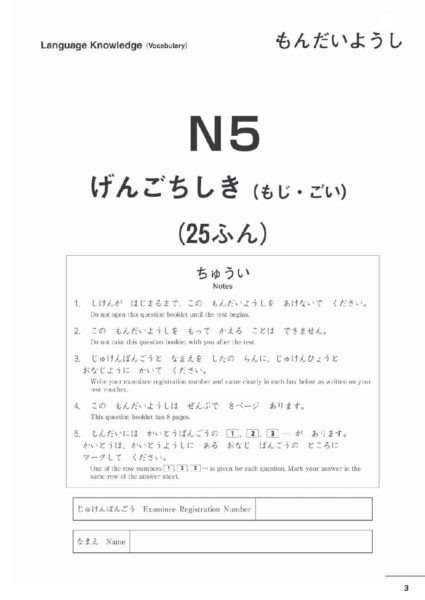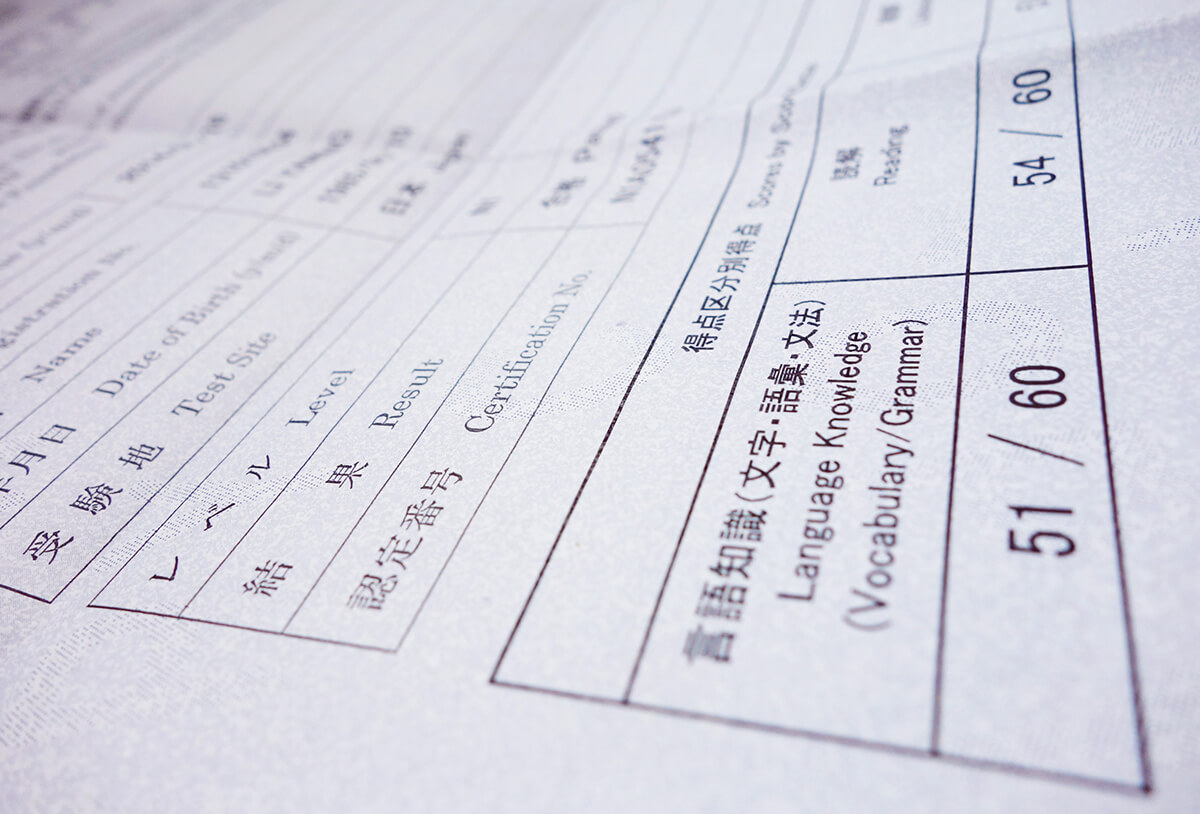
This course includes videos for beginners learning Japanese to learn Kanji. In addition to preparing for the test you will learn everyday conversation. Because its a lot more efficient than traditional study methods, you can either greatly decrease your time spent studying, or greatly increase the amount. This is a video course for learning kanji for the Japanese Language Proficiency Test N5 (JLPT N5). Level N5 does not only test grammar and vocabulary but also expressions commonly used in conversation. Choose one that you like and read it out loud. Using model sentences is a good way to study this material.

This chapter includes sentences patterns, adverbs, conjunctions, and other important forms of speech, using words that often appear in the test. Read the verb and adjective forms out loud so that you remember them as well as understand them. In addition to Japanese explanations and model sentences, English translations are provided for reference. You can use the marker to highlight words you don't know.Īll important basic level grammar is covered. Help you get used to the question formats and time distributions. Find your weak points on the N5 level of Japanese. Please use the practice problems to check your vocabulary. Give a solid boost to your scoring potential by practicing the exam many times. The words that appear in Level N5 are classified by situation topic. Have fun while learning answering the practice problems. You will need to know about 100 characters, witch is not that many. These kanji can change slightly between tests, but you can generally expect to see the 100 most common kanji for verbs, numbers, time, places, people, basic adjectives, and directions. At the N5 level, the JLPT expects you to know about 100 kanji to pass. Find below the number of words and kanji you are expected to know as per the old test pattern. Study kanji that will appear in the Level N5 test. Why You Need to Know Kanji for the JLPT N5 Test Kanji. Content designed as preparations for Level N5 Numerous practice problems, witch allow you to check your comprehension level Simple explanations and model sentences, witchallow you to study by yourself Apart from reading comprehension, all the material tested by JLPT N5 is covered. The content includes characters (Kanji), words, grammar, important forms of speech, and conversational expressions.

Although you will not be asked to actually write the kanji on the test, some students find it useful to practice. You can use an SRS program like Anki or Memrise to drill these on a daily basis and master them before the test. RMIT is simply passing on information that may assist you in your preparation.This book has been written as a study guide for the Japanese Language Proficiency Test (JLPT), Level 5. The N5 is relatively light on the kanji you need to know, which is around 100 (See JLPT Sensei’s JLPT N5 Kanji List). JLPT study material for the JLPT levels N5 to N1, which contains Kanji list, vocabulary list and grammar points for each level.ĭisclaimer: The provision of these URLs does not consist of an endorsement by RMIT of the merits or otherwise of the website. The N5 level contains around 100 kanji that cover most of the basic vocabulary youll need when you are first starting out.So, even though your score is in the 50 to 69 range, you are likely to pass the test. The sample questions cover all question patterns for all levels and they will help you prepare for the test.Īdditionally the following websites and on-line forums may also be of use: The level of this mock test is close to the JLPT level because this test was created by analyzing vocabulary, grammar, and sentence structures in the past N5 tests. However, considering that the current test places importance on both knowledge of the Japanese language and the competence to use the knowledge in practical communication, we suggest using the New Japanese-Language Proficiency Test sample questions.

NUMBER OF KANJI IN JLPT N5 TEST REGISTRATION
First, please be sure to read the test guide (available on the registration site) to find out what you need for the test.Ĭontinuing to study in your accustomed manner should not lead to any problems.


 0 kommentar(er)
0 kommentar(er)
